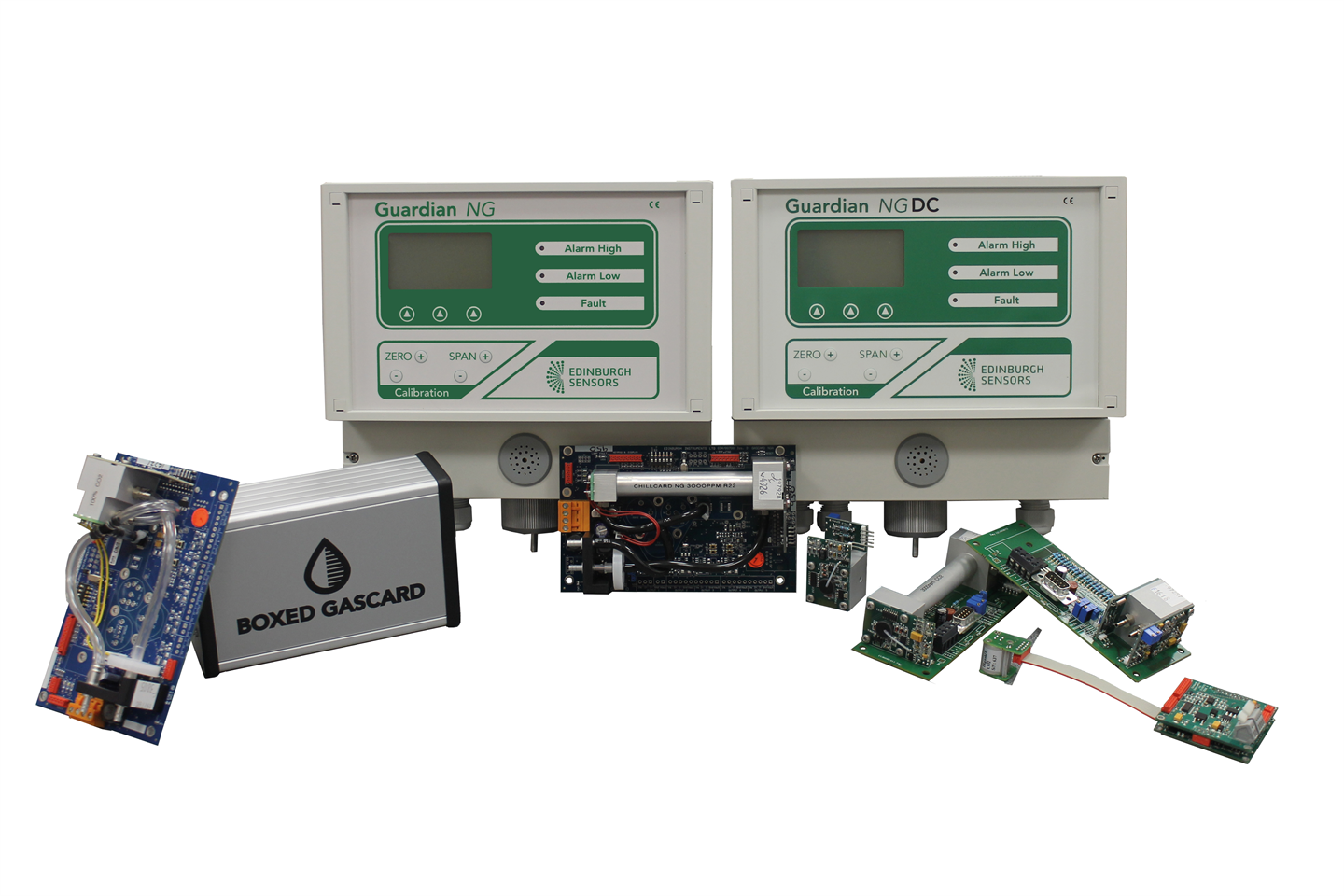

Edinburgh Sensors Ltd - TECHCOMP Group articles
Food has often had a long and arduous journey before it reaches our plates, and creating gaseous micro environments ensures the preservation of food quality.
In the United States, it is estimated that food typically travels between 1500 and 2500 miles1 between the farms where it is produced and the dinner table where it is ultimately consumed. What we think of as ‘fresh’ fruit and vegetables may also have been in storage or travelling for much longer than we think, potentially
Often we are unaware of the long and arduous journey food takes before reaching our plate. Retaining food freshness is in part due to creating gaseous micro environments that ensure the preservation of food quality.
In the United States, it is estimated that food typically travels between 1500 and 2500 miles1 between the farms where it is produced and the dinner table where it is ultimately consumed. What we think of as ‘fresh’ fruit and vegetables may
Slurry is created from cow manure and water and provides a fantastic, natural fertiliser that farmers can use to encourage the growth of grass and other crops. It is usually stored in a slurry tank or lagoon before it is applied to farmland as fertiliser. The dangers of working with slurry are well documented, as high amounts of gases can be released very quickly.
How is farm slurry made?
Waste material from animals is collected underneath barns during the win
Slurry is created from cow manure and water and provides a fantastic, natural fertiliser that farmers can use to encourage the growth of grass and other crops. It is usually stored in a slurry tank or lagoon before it is applied to farmland as fertiliser. The dangers of working with slurry are well documented, as high amounts of gases can be released very quickly.
How is farm slurry made?
Waste material from animals is collected underneath barns during the winte
Fermentation, the chemical process that uses yeast to convert sugars to ethanol, is at the heart of the wine production process and requires accurate CO₂ measurement to ensure quality wines.Temperatures and conditions in wineries are very carefully controlled to ensure that fermentation does not occur too fast, distorting the flavour and alcohol content of the wine. The type of yeast used for a particular wine is also chosen for its influence on the fermentation process, including the conce
